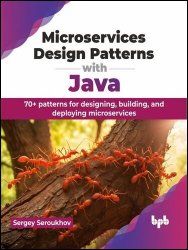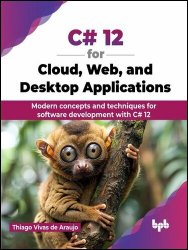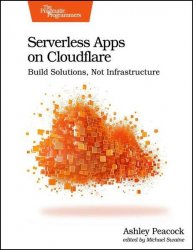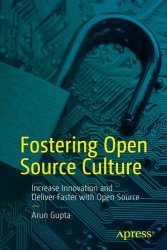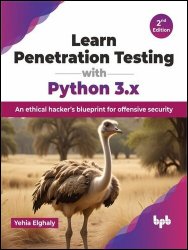 Название: Guide to Teaching Data Science: An Interdisciplinary Approach
Название: Guide to Teaching Data Science: An Interdisciplinary ApproachАвтор: Orit Hazzan, Koby Mike
Издательство: Springer
Год: 2023
Страниц: 330
Язык: английский
Формат: pdf (true), epub
Размер: 15.8 MB
Data Science is a new discipline of research that is gaining growing interest in both industry and academia. As a result, demand is increasing for Data Science programs for a variety of learners from a variety of disciplines (Data Science, Computer Science, statistics, engineering, life science, social science and humanities) and a variety of levels (from school children to academia and industry). While significant efforts are being invested in the development of Data Science curricula, or in other words, in what to teach, only sporadic discussions focus today on the Data Science pedagogy, that is, on how to teach. This is the focus of this guide.
This book provides a variety of pedagogical discussions and specific teaching methods and frameworks, as well as includes exercises, and guidelines related to many Data Science concepts (e.g., data thinking and the Data Science workflow), main Machine Learning algorithms and concepts (e.g., KNN, SVM, Neural Networks, performance metrics, confusion matrix, and biases) and data science professional topics (e.g., ethics, skills and research approach).
Data Science is a new research discipline that focuses on generating knowledge and value from raw data. It is an interdisciplinary discipline that inherits knowledge and skills from mathematics, statistics, Computer Science, and the application domain of the data. While many initiatives aim to develop Data Science curricula, the pedagogy of Data Science is and has been almost completely neglected. This guide attempts to partially close this gap, and so it focuses on Data Science teaching. Most of the ideas presented in this guide can be applied in any framework for teaching Data Science, for any Data Science topic, and at any level, from elementary and middle school through high school to the university and post-academia level.
Since the different aspects of Data Science teaching presented in this guide are not restricted to a specific curriculum, we avoid using any code in any programming language. We do, however, present environments for teaching Data Science to guide educators who design their teaching material and wish to select a learning environment that suits the learners they are teaching. We also note that this guide does not purport to teach data science; rather, it focuses on Data Science teaching. We presume that our readership has sufficient Data Science knowledge and is interested in expanding this knowledge to the educational aspects of Data Science.
In thee Chapter "Machine Learning Algorithms" we describe the teaching of several Machine Learning (ML) algorithms that are commonly taught in introduction to ML courses, and analyze them from a pedagogical perspective. The algorithms we discuss are the K-nearest neighbors (KNN), decision trees, Perceptron, linear regression, logistic regression, and neural networks. Finally, we discuss interrelations between the interdisciplinarity of data science and the teaching of ML algorithms.
Machine Learning (ML) is considered a field of research that lies in the intersection of computer science and statistics, and has developed in the last 50 years as part of the growing discipline of Artificial Intelligence and intelligent systems. Several statistical tools, such as linear regression and logistic regression, are nowadays considered as ML algorithms, as they can be described as algorithms that learn from examples. In this chapter, we discuss ML algorithms that originate in Computer Science as well as ML algorithms that originate in statistics, and present them each from an educational perspective.
Contents:
Скачать Guide to Teaching Data Science: An Interdisciplinary Approach
[related-news] [/related-news]
Комментарии 0
Комментариев пока нет. Стань первым!

